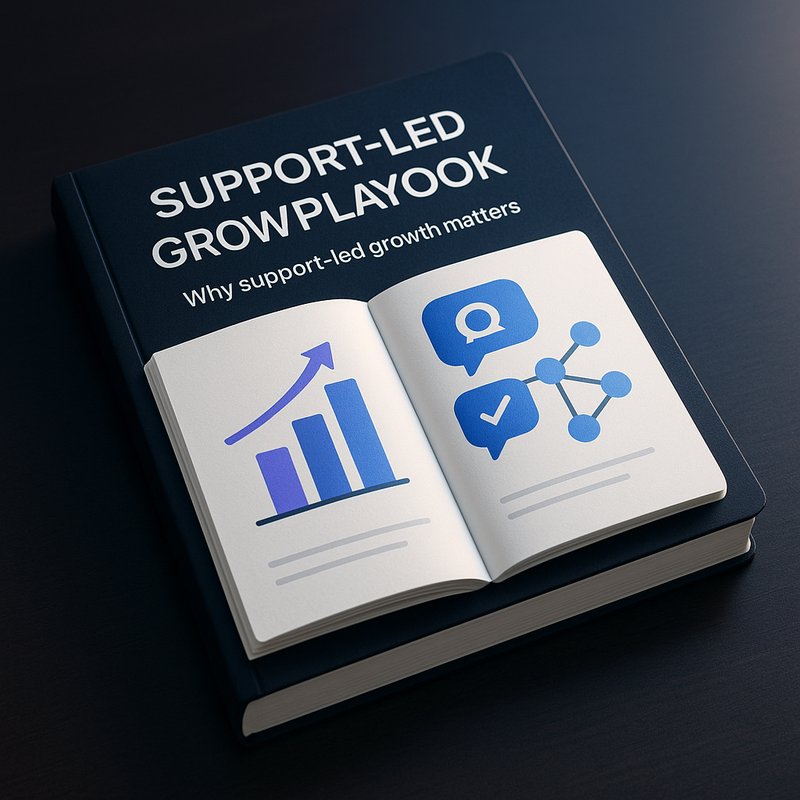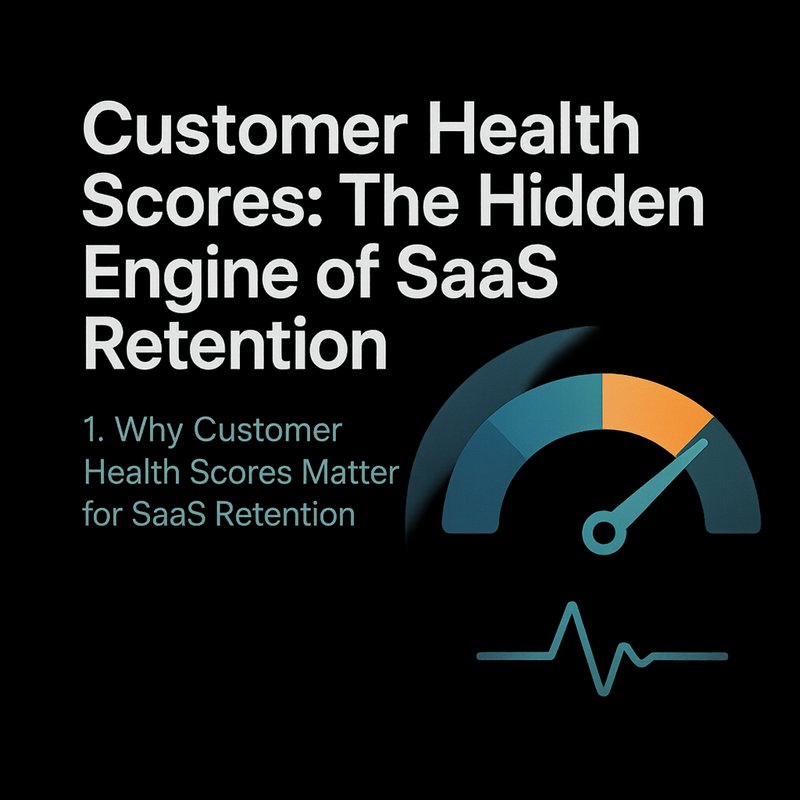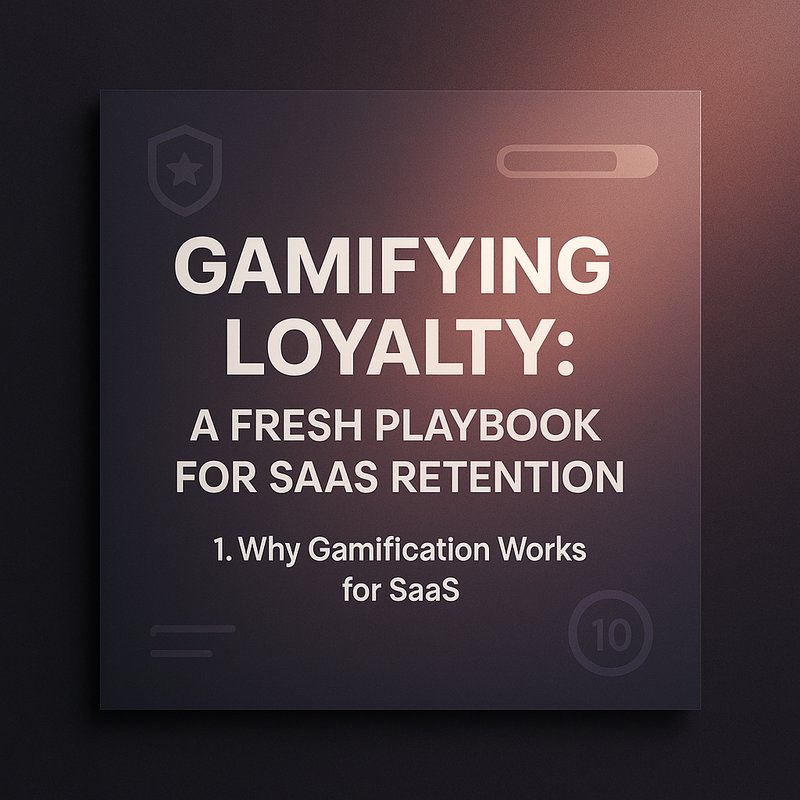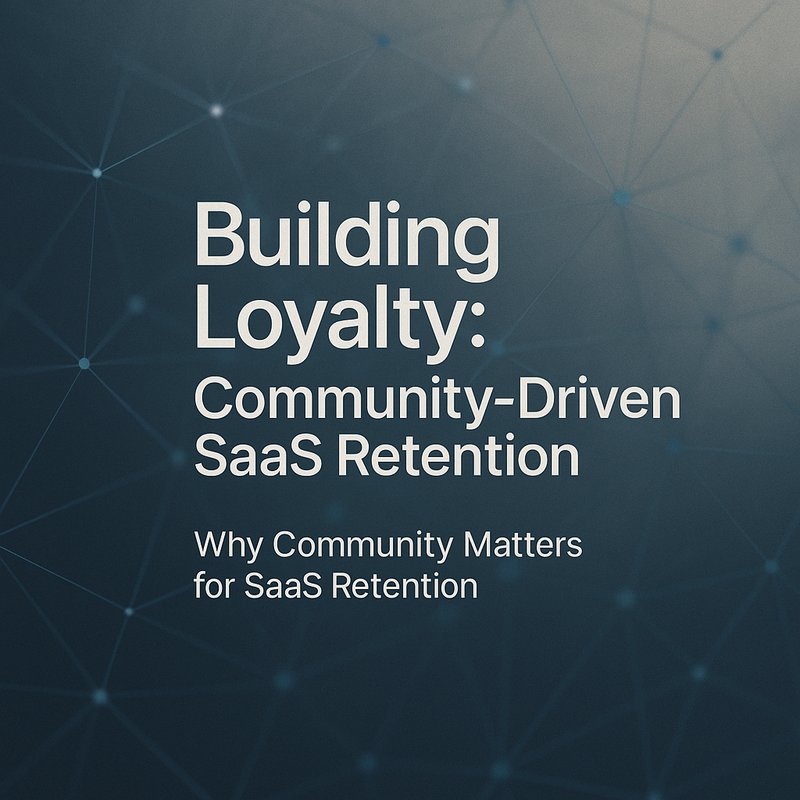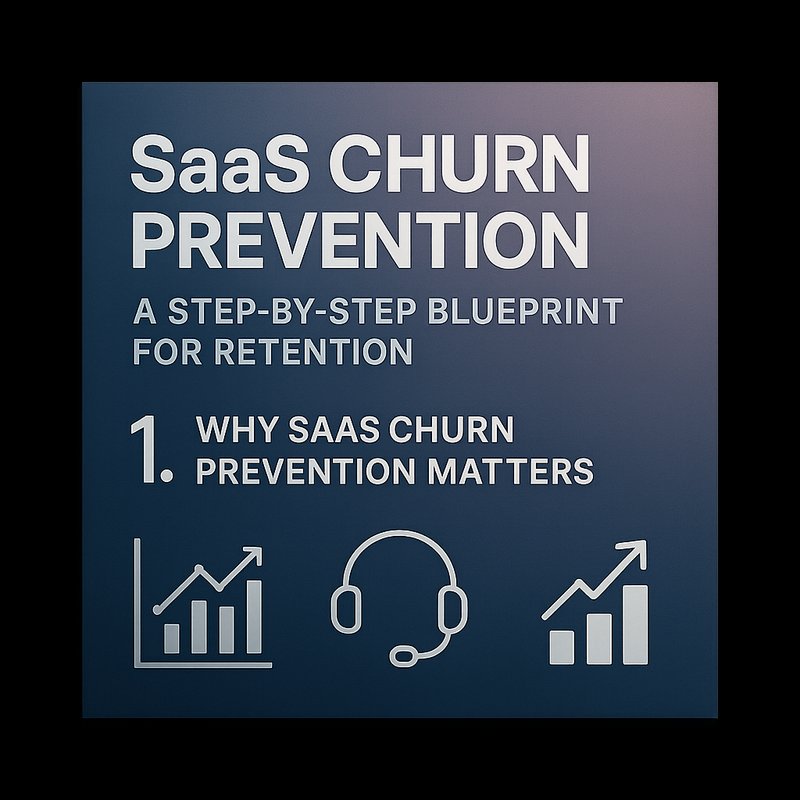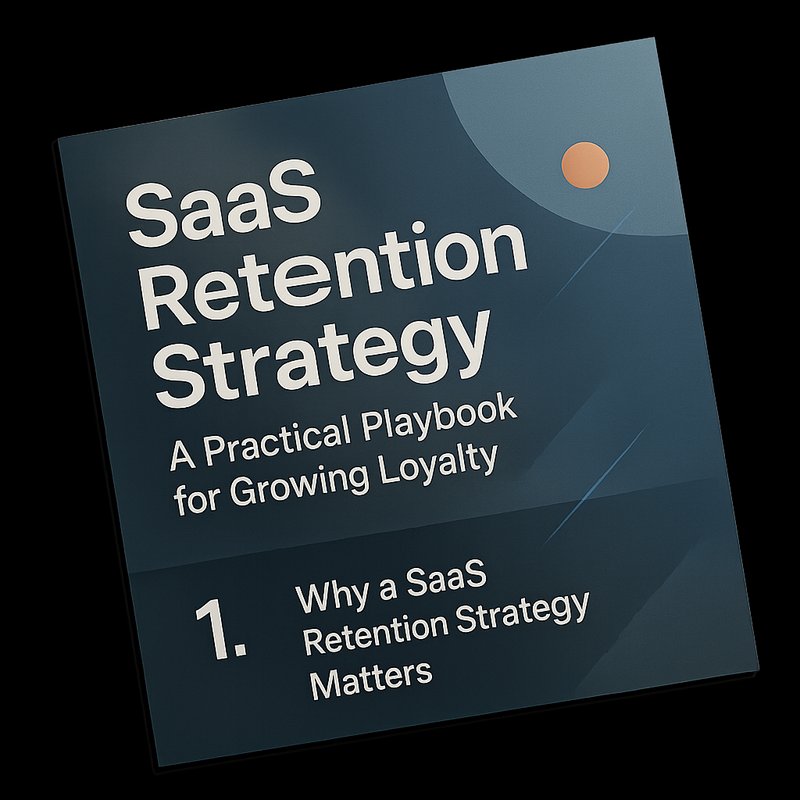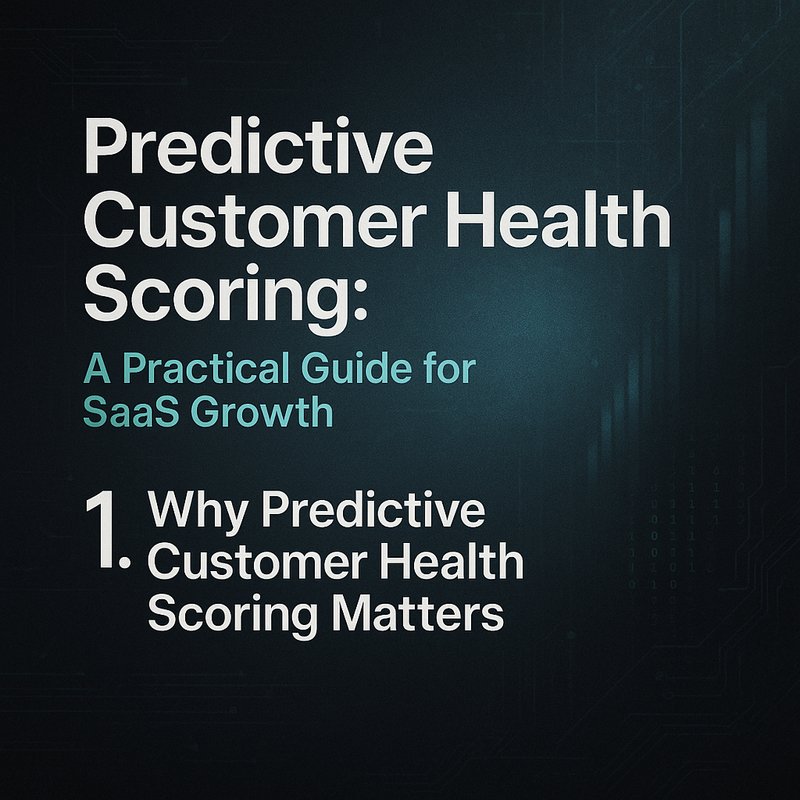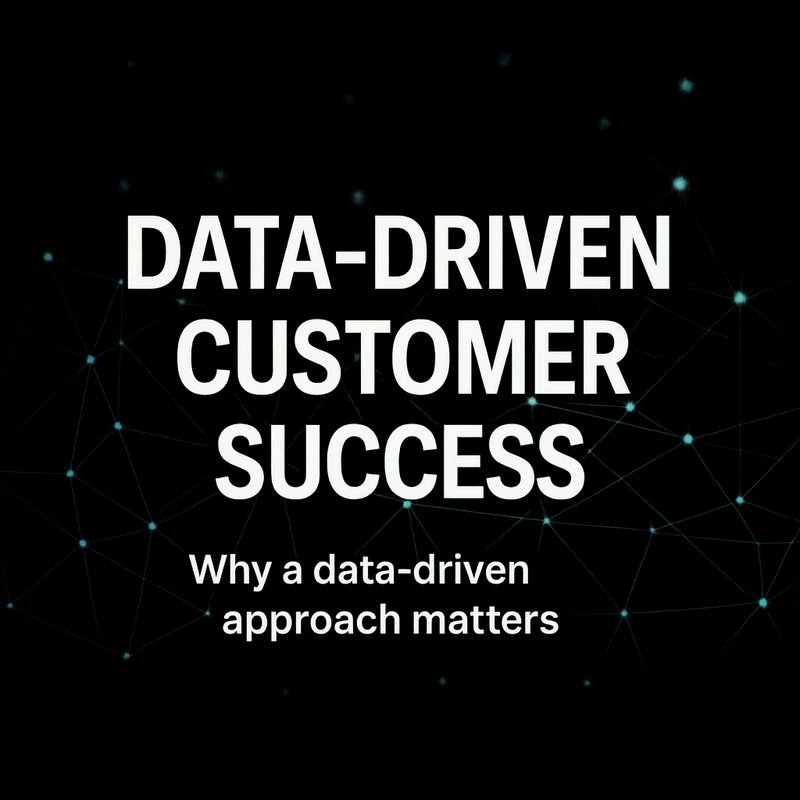Customer support is more than fixing bugs and calming upset users. When done right, support turns conversations into renewals, upgrades, and referrals. This playbook is a practical guide to turn everyday support work into predictable revenue, without fancy models or massive teams. Clear steps, scripts you can copy, and metrics that matter. Let’s get to it.
Why support-led growth matters
Support teams are on the front lines. They hear real problems, real questions, and real use cases. That makes support a rich place to find revenue opportunities.
- Support sees intent early. A user who asks about a missing feature may be ready to upgrade.
- A good support experience lowers churn. Calm users are more likely to stay.
- Support handles edge cases that product teams miss. Fixing those keeps accounts healthy.
The reality? You do not need a huge budget to start. You need rules, a few automations, and seller-friendly support scripts.
Signals in support that predict expansion
Look for these signs in tickets, chats, and calls. They show a customer is open to an upgrade or more seats.
- Repeated requests for limits to be raised, like storage or API calls.
- Questions about advanced workflows that exist only in paid tiers.
- Multiple teammates contacting support from the same company.
- Requests for white labeling, SSO, or compliance options.
- High frequency of usage questions that show heavy adoption.
- Praise plus a question about "how to get more" in the same thread.
Track these as tags or custom fields in your helpdesk. Use search and saved views to find opportunities weekly.
An 8-step plan to turn support into revenue
This is a step by step play you can run this quarter.
-
Map revenue triggers from support
- Sit with support for a day. Note every question that hints at upgrade intent.
- Create a short list of 6 triggers. Example: "request for scheduled reports" or "API rate limit exceeded".
-
Add tags and capture context
- Train agents to tag tickets with trigger labels and add one sentence about why the customer asked.
- Capture account size, plan, and last billing date in the ticket.
-
Score tickets
- Give each trigger a point value. High-value triggers get more points.
- When an account reaches a threshold, mark it as "sales-ready".
-
Route smartly
- If score passes threshold, send a brief summary to a designated growth rep or CSM.
- Keep routing fast: under 4 hours for high-score tickets.
-
Build short outreach templates
- Use scripts that are helpful, not pushy.
- Offer a concise benefit and one low-friction action: a 10 minute call, a trial toggle, or a demo link.
-
Automate follow-up
- Use your helpdesk or automation tool to create tasks, add CRM notes, and set reminders.
- Log every outreach so the team can learn which scripts work.
-
Measure conversions
- Track % of scored tickets that result in upgrade, expansion, or trial.
- Watch time from first high-score ticket to closed deal.
-
Iterate weekly
- Review top accounts, tweak scoring, and refresh templates.
- Reward agents whose tags lead to closed deals.
Do the first three steps manually in week one. Automate the routine work in week two.
Scripts and short templates
Keep outreach short, clear, and kind. Below are ready-to-use scripts.
Support reply (when user asks about a feature behind a paywall)
Hi [Name],
Thanks for the note. We do have that feature on our Pro plan and it would let you [specific benefit, one short sentence].
If you want, I can enable a 7 day trial on your account so you can try it now. No credit card.
Want me to enable it?
Best,
[Agent name]
CSM outreach (after ticket is tagged and scored)
Hi [Name],
Saw your support request about [topic]. That looks like a common growth signal for teams that scale.
If you have 10 minutes this week I can show a quick setup that adds [specific outcome]. No slides, just a live walk through.
Pick a time: [calendar link]
Thanks,
[CSM name]
Email for multi-user signals
Subject: Quick help to onboard the rest of your team
Hi [Name],
I noticed three people from your company have been using the app this week. Nice work.
We can run a short session to help the new users get productive in 20 minutes. I’ll show how to set roles and speed up common tasks.
Is Wed 10 AM OK?
Best,
[Support lead name]
Chat template (in-app)
Great question. Want me to turn this on for a 7 day test and walk you through the setup in 5 minutes?
Yes / No

Tone notes
- Use numbers and timeframes: "5 minutes", "7 day trial".
- Focus on outcomes: "send weekly report", "add seats".
- Avoid pressure: "No sales, just help" works.
Automation recipes that work
You do not need expensive systems. Most helpdesks have rules that handle this.
- Tagging rules: auto-tag tickets that contain phrases like "upgrade", "SSO", or "export limit".
- Score increment: if ticket contains "limit" and account is on starter plan, add +2 score.
- High-score alert: when account score > 5, create a CRM task assigned to CSM.
- Auto-trial toggle: for qualifying accounts, enable a short trial via API and post a note.
- Follow-up sequence: if user accepts trial, send an automated onboarding checklist and schedule a 10 min call.
Tools to consider: Zendesk, Intercom, Freshdesk, or any system with webhooks. Send key events to your CRM and to analytics like Google Analytics or Amplitude for later analysis. See Google Analytics docs at https://analytics.google.com for tracking.
If you use scripts to toggle trials or change plan settings, keep an audit log. You want to know who enabled what and when.
Measuring impact and building a dashboard
Focus on a few critical metrics. Overly complex dashboards hide what matters.
Primary metrics
- Expansion rate from support signals: percent of high-score accounts that expand.
- Time to expansion: days between first high-score ticket and upgrade.
- Revenue per scored account: average additional ARR per converted account.
Supporting metrics
- Ticket-to-task conversion: percent of tagged tickets that create CSM tasks.
- Trial activation rate: percent of auto-enabled trials that are used.
- NPS for accounts that had outreach vs those that did not.
Dashboard tips
- Use a timeline view that shows ticket creation, tag, score, outreach date, and conversion.
- Add cohort analysis: compare accounts that received outreach vs those who did not.
- Track agent impact: which agents create the most opportunities.
Tools: connect your helpdesk to a BI tool or use Google Sheets for a simple start. If you use Amplitude, send custom events so you can query product behavior after outreach.
Case study example
A mid-size analytics firm had churn creeping up. Support logged many tickets asking about report limits and collaboration for teams.
What they did
- Created three trigger tags: "report limit", "team invite", "SSO request".
- Added a simple scoring system.
- Trained support to add one-sentence context to each flagged ticket.
- Routed high-score accounts to a CSM within 6 hours.
Results in 3 months
- 22 percent of scored accounts expanded within 30 days.
- Average deal size grew by 18 percent for those accounts.
- Support satisfaction improved because users got faster, proactive help.
The catch? They started small and measured. They stopped guessing which tickets mattered.
Common pitfalls and how to avoid them
-
Too many triggers
- Keep it to 5-7 signals. Too many create noise.
-
No clear routing
- Decide who owns a high-score ticket. If no one responds in 24 hours, it fails.
-
Pushy outreach
- If outreach feels like a sales pitch, conversion drops. Make it help-first.
-
Missing context
- Always log why a ticket was tagged. That one line saves time later.
-
Ignoring low-touch accounts
- Some accounts expand without direct outreach. Add a light nurture path for them.
-
Not tracking outcomes
- If you do not measure, you cannot improve. Track conversion and revenue.
Legal, security, and billing notes
- Never change billing without documented consent. Use in-app trial toggles where possible.
- Keep PII handling to a minimum in ticket notes. If you copy data into CRM, follow privacy rules.
- For API-based toggles, secure endpoints with keys and audit logs.
If you rely on third-party systems, read their policy pages. For example, see OpenAI usage policies at https://openai.com/policies if you use model-based summarization or classification in support workflows.
Quick tech checklist for engineers
- Expose webhooks for ticket events.
- Provide an API endpoint to toggle trials for qualifying accounts.
- Add an endpoint to fetch account usage and limits.
- Log every auto-action in an audit table.
- Rate limit automation to avoid accidental mass changes.
These steps keep automations safe and reversible.
Final checklist before you scale
- [ ] Define 5 value triggers and assign scores.
- [ ] Train support to tag and add context.
- [ ] Route high-score accounts to a named owner with SLA.
- [ ] Build 3 short outreach scripts for email, chat, and support notes.
- [ ] Automate trial toggles and CRM tasks with audit logs.
- [ ] Track conversion and revenue per scored account.
- [ ] Weekly review for top 20 accounts and failed cases.
Start with the checklist and keep it visible on a team board.
Final thoughts
Turning support into growth is not magic. It is about listening, tagging, and acting quickly. Small rules applied consistently beat big strategies that never get shipped. Try this: pick one signal, set a rule, and run it for four weeks. You will learn fast.
